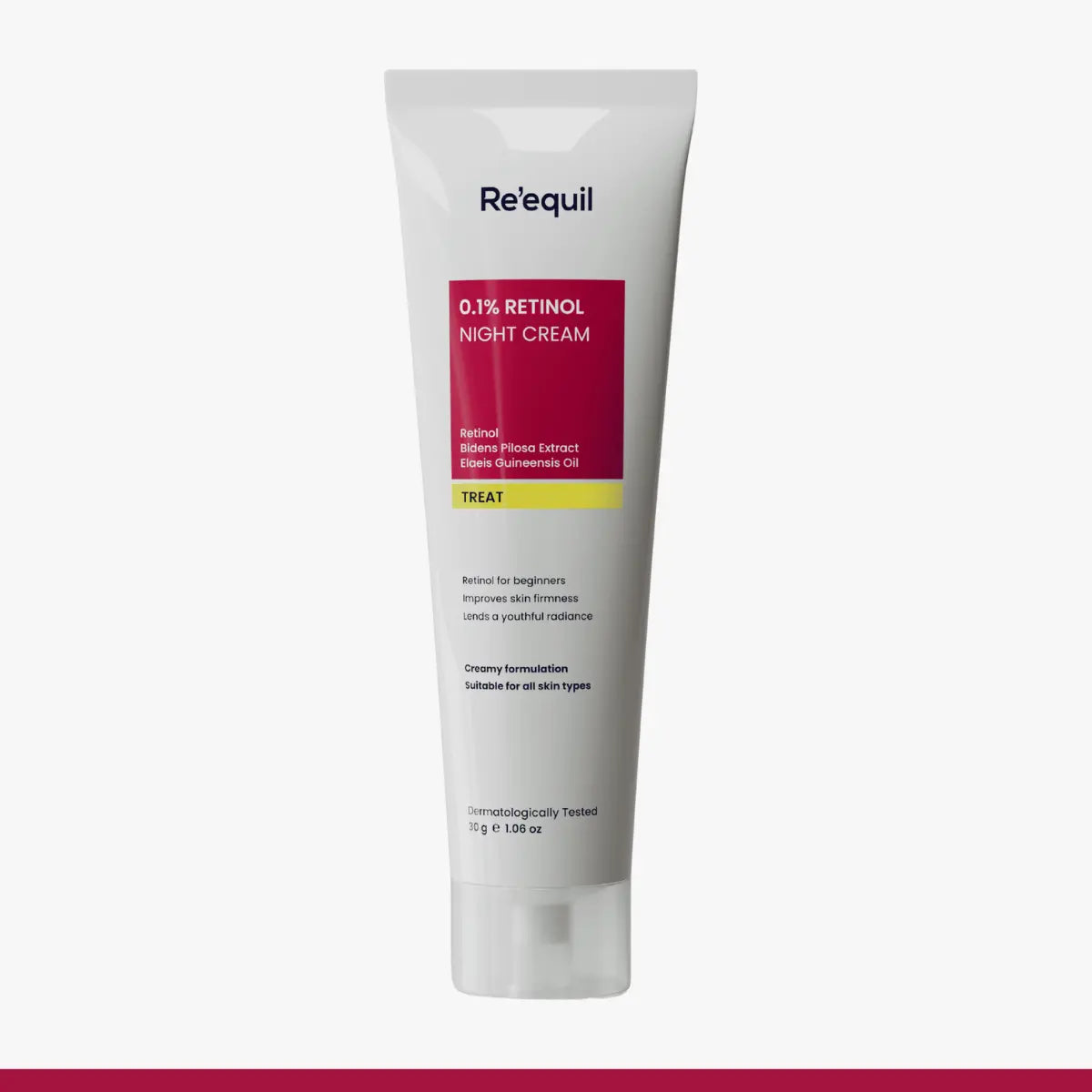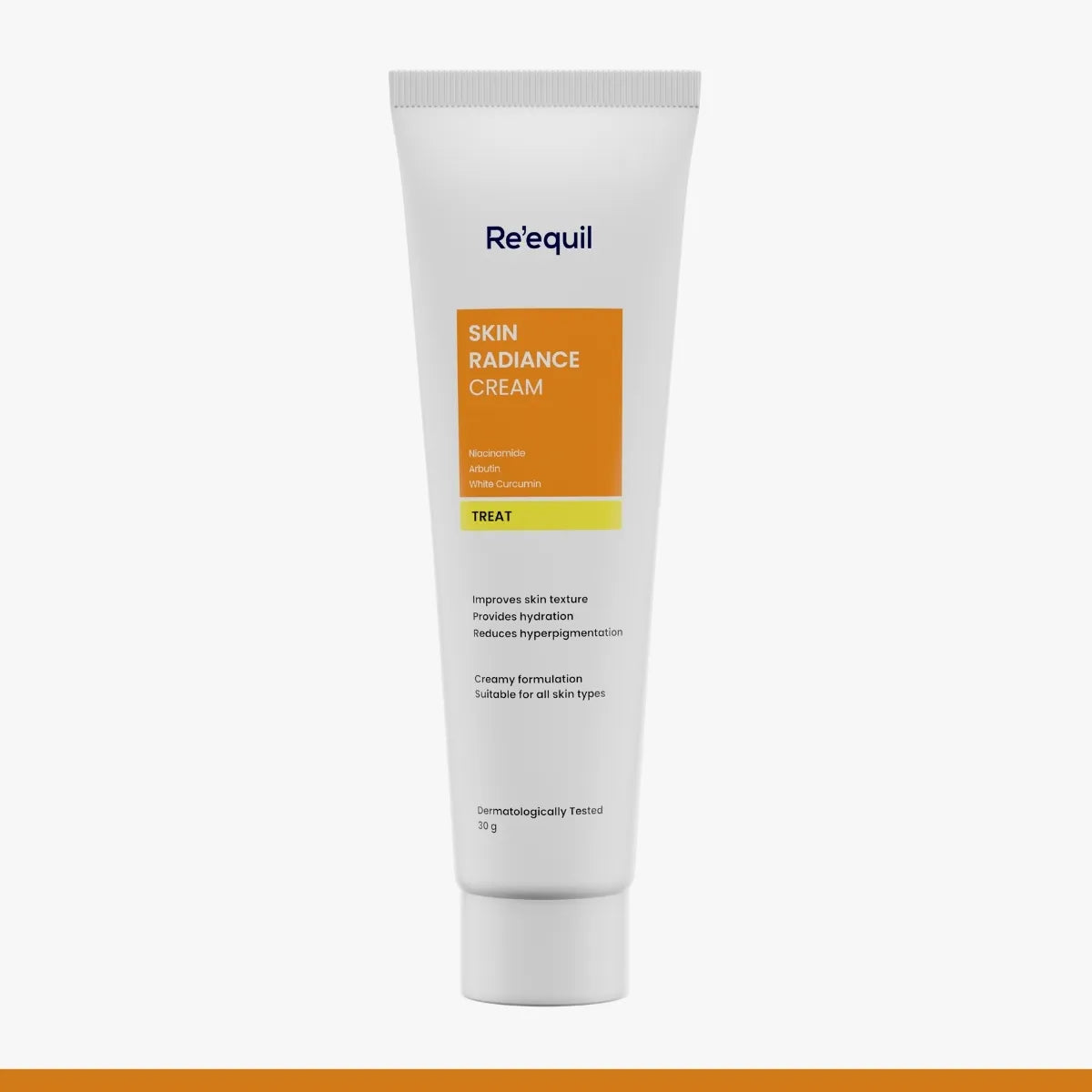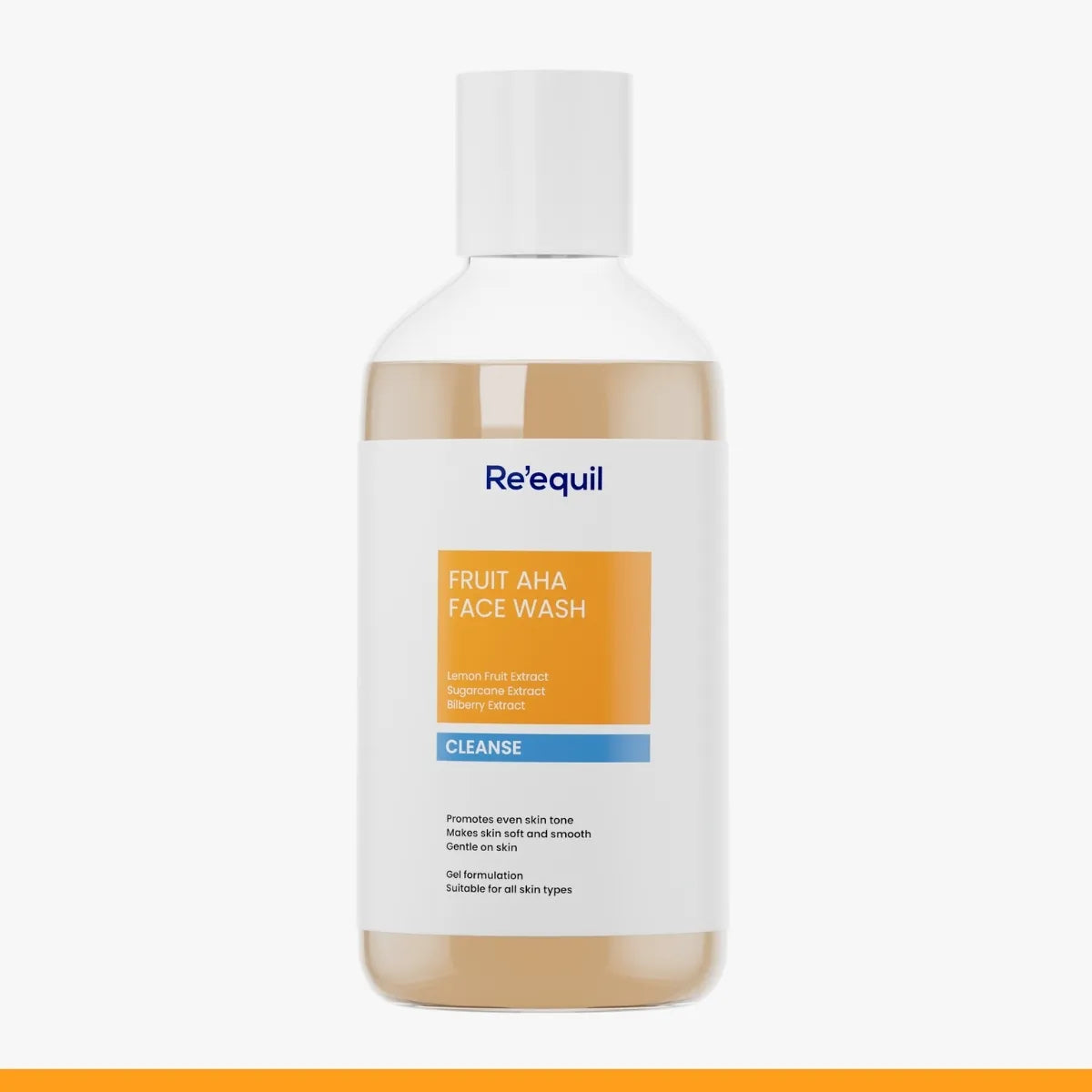If there is one pesky skin problem that affects almost everyone in their teens and twenties it is acne. Research says acne is estimated to affect about 9.4% of the global population!
Those breakouts on the skin, which look unappealing, to say the least, give many of us sleepless nights. And they have a tendency to erupt just before an important occasion when we need to look our best! Most of us have spent our pubescent years struggling with pimples on face, while for some, this problem has continued till our late twenties or early thirties.
This article seeks to dispel some myths around acne care, and suggests some workable solutions on how to remove pimples. You learn about some super handy tips on acne removal that will keep your skin blemish-free and glowing.
Causes for Acne
We have all been told by our grandmothers that staying in the sun for long or eating too many fried foods can lead to acne. But is it true?
Do pimples or acne occur only because of eating fried, oily stuff, or from sunlight? Of course not.
The fact is, our skin glands produce sebum or oil that carries dead skin cells through the follicles to the surface of the skin. These follicles get blocked by dead skin cells, oil and hair forming a plug that then gets infected with bacteria, and results in swelling. When this plug starts breaking down, a pimple occurs.
Acne can occur on the face, back, shoulders, neck or chest. Any of the following reasons causes acne:
- The rise in androgen levels leads to excessive sebum production in the skin. During puberty, there is a rise in the male hormone, that causes the oil glands to increase in size. Sebum is produced in excess during this hormonal change.
- Faulty eating habits, like eating too many fried or junk foods lead to unhealthy deposits of fat.
- Heredity and family history of acne. Sometimes the history of acne runs in families. So, if your parents or uncles had acne, chances are you will too.
- Reaction to certain medications. Medicines like those for thyroid or depression can cause the appearance of acne.
- Faulty skincare habits and use of comedogenic or skin pore-clogging cosmetics. If you are using chemical-laden cosmetics that are heavy in oils, chances are these will block your skin pores. Switching to non- comedogenic skin care products helps.
- Dirt, grime and pollution. External stressors, like harsh UV rays, grime, smoke can cause your skin pores to accumulate more dirt that sticks to the upper surface of the skin. When these get infected with bacteria, it leads to breakouts.
- Hormonal changes during periods and pregnancy can cause your skin to erupt in pimples.
Types of Acne
While we refer to all acne as pimples, acne can be of several types. Whiteheads and blackheads are the most common types of acne.
If you want to know how to remove pimples, you need to be aware of the types of acne, like the following:
- Papules or small, red, raised bumps caused by inflamed or infected hair follicles.
- Pustules or small red pimples with pus at their tips.
- Nodules that are solid, often painful lumps beneath the surface of your skin.
- Cysts or large lumps under your skin that have pus and are usually painful.
If you have any of these types of acne, then it is time for you to act fast. Remember to use the right acne face wash, followed by an alcohol-free toner. Always wear sunscreen when you venture out during the daytime. Use a non-comedogenic, oil-free mattifying moisturizer to keep your skin hydrated at all times.
Prevention of Acne
A healthy diet, an active lifestyle and cutting down on smoking and alcohol helps in acne care. Make sure you maintain the correct skin hygiene and follow a healthy skin care regimen.
Here is a guide on how to remove acne:
- Keep your skin clean at all times. Sweat and oil clog skin pores and combine with bacteria to cause acne. Use clean tissue or cotton cloth to blot the excess oil from your face.
- Ensure you never pick on, pop or squeeze pimples as that can lead to permanent scarring.
- Cleanse your face properly, with a salicylic acid or glycolic acid based cleanser. An anti-acne cleanser with Zinc PCA and Citric Acid would be the best face wash for acne.
- Avoid foods that are fried, oily and fatty. Acne prone skin already has excess oil, remember? You don’t need to add to the oil content of your skin! Avoid fried chips, crisps, and all kinds of junk food and aerated drinks. Increase green vegetables and fibre in your diet that helps cleanse your system and keep your gut healthy.
- Work out regularly to get that blood circulation in top form. Your skin gets to breathe more freely with the exercise.
- Avoid cosmetics with comedogenic (pore-clogging) ingredients like heavy creams, moisturizers, concealers etc.
- Apply a mattifying moisturizer that regulates sebum production and minimizes the appearance of open pores. An oil-free, gel-based moisturizer that hydrates your oily skin and provides a matte finish works best for acne prone skin.
- If you want to know how to get rid of back acne or acne on arms, shoulders or chest, wear loose clothes that allow your skin to breathe. Avoid tight headbands, caps, and scarves.
- Shampoo regularly with a mild hair cleanser to avoid sebum residue on the hair. Avoid greasy hair gels and harsh hair styling products.
- Avoid excessive sun exposure, as UV rays cause acne to worsen. Hyperpigmentation or dark spots after acne is aggravated by sun damage.
- Also remember, anxiety and stress are known to increase stress hormones that can cause acne. So, do not stress over acne. Keep your hands off your face, and keep your face and hair clean.
Interested to know how to get rid of acne? Read on.
Acne Removal – Pimples Treatment
What’s worse than acne? You guessed it right – acne scars! Acne marks may be temporary or permanent. Temporary marks are caused by pigmentation or dark spots that form on the affected skin. Mild forms of acne can be treated with over-the-counter medications such as Salicylic Acid.
If your scars are deep and severe, then acne removal needs to be done by trained professionals, through laser, microdermabrasion, or micro-needling, or through chemical peels. These processes are time consuming and require medical supervision.
The following are some acne treatment methods:
Oral antibiotics
These combat the growth of bacteria and reduce inflammation.
Retinoids
These are Vitamin A derivatives and include adapalene, tazarotene, and tretinoin. Topical retinoids unclog skin pores and prevent whiteheads and blackheads from developing. Oral retinoids like Isotretinoin are strong in potency, have several side effects, and should be used only on medical advice.
Chemical Peels
A strong acid is used to remove the top layer of the skin for acne removal. This must be done by a trained healthcare provider. Chemical peels may leave your skin extra sensitive to sun damage and other cosmetics.
Laser Treatments
Laser resurfacing too involves removing the top layer of the skin. Though this acne removal treatment heals faster than other treatments, the skin needs to be bandaged till completely healed. It is also not suitable for those who are still having breakouts.
Incision and Drainage
A trained healthcare professional lifts the scar by loosening the fibres underneath and brings it closer to the surface so that it’s less noticeable.
Caution: Please take medical advice from a dermatologist before signing up for any of these procedures.
Post Treatment Complications
All the specialized, clinical procedures of acne removal have to be done under medical supervision and are fraught with side effects, ranging from making the skin extra sensitive or prone to sunburns. Redness and swelling after procedures like micro-needling are quite common.
If you really would like to know how to get rid of pimples or stubborn scars, the best way is to avoid them in the first place. Avoid picking, scratching or squeezing pimples, so that there are lesser chances of scars. Maintain good hygiene and use dermatologist-approved skincare products to be on the safe side.
Permanent Acne Scarring
As we age, our skin loses collagen, and acne care becomes more difficult. Deep acne scars become prominent and stubborn.
Each scar type needs to be treated differently. Skin with deep scars can benefit from getting a filler, followed by laser treatments.
Pimples treatment through these clinical procedures is possible only when your skin is clear of acne. If your skin is inflamed and breakouts are still occurring, the effectiveness of acne treatment significantly diminishes.
Types of Scars
When a breakout penetrates the skin deeply and damages the underlying tissues, it results in scarring.
Scars may be of the following types:
Atrophic or depressed scars
Atrophic scars are formed due to a lack of enough collagen and are deep-set in the skin. A depressed scar is formed when a lack of collagen deters the healing process. Pimples on face tend to leave behind atrophic scars.
There are three types of atrophic scars:
-
Boxcar scars
U-shaped scars that can be shallow or deep are called boxcars. Skin resurfacing treatments like laser work on such scars.
-
Ice pick scars
These narrow, V-shaped scars go deep into the skin and look like chickenpox scars. Since the tissue gets damaged in such acne scars, these are tougher to heal.
- Rolling scars
Broad depressions with rounded edges and an irregular, rolling appearance are called rolling scars.
Hypertrophic Scars
Hypertrophic or raised scars are caused when the skin produces too much collagen while healing. They are common in the case of chest and back acne.
Dark spots or Hyperpigmentation
Acne scars and Post-Inflammatory Hyperpigmentation (PIH) occur when acne infection heals. PIH is the discoloration of the skin that follows an inflammatory wound. It is common after acne and leaves your skin scarred or spotted. Acne breakouts also tend to leave red, pink, or purple patches after healing that are termed Post-Inflammatory Erythema.
Suitable Skincare Products for Acne
Advances in skincare technology and science have made it possible for us to not stress over how to remove pimples, as there is a solution to every skin problem these days. Acne removal is far easier with the right skincare products.
The following skincare ingredients help in acne care:
- Alpha Hydroxy Acids like Salicylic Acid, Glycolic Acid
- Sodium Benzoate
- Potassium Sorbate
- Sodium Ascorbyl Phosphate, a form of vitamin C
- Granactive™️ Acne
- Citric Acid
- Zinc PCA
- Plant extracts like Aloe Vera, Witch Hazel, Boswellia serrata resin, rice bran, Scutellaria Baicalensis root extracts, Allium Cepa Bulb Extract, Daisy flower extract.
Make sure you use skincare products that are specially formulated for oily and acne prone skin
- Start your skincare routine with an oil control anti acne face wash with Zinc PCA and Citric Acid. This would be the best face wash for oily and acne prone skin. For dealing with hyperpigmentation, use a face wash that has fruit Alpha Hydroxy Acids (AHAs). AHA-based cleansers are great for combination and dry skin types. Fruit AHAs work as gentle exfoliators on the upper surface of the skin while keeping the moisture locked in. What’s more this face wash is soap and sulphate-free, and helps in removing the effects of acne and pigmentation.
- A Vitamin C face toner for pigmentation and dark spots removal works marvellously in boosting collagen production and brightening your skin tone. Remember to apply it after using the acne face wash. Use an alcohol-free toner that protects your skin from drying out and does not strip your skin of its own moisture. Make sure your toner helps in gently removing the pore-clogging residue left behind on your skin by makeup and excess oils.
- For effective pimples treatment, you can also use an Oxybenzone-free sunscreen with SPF 50 that is ideal for oily, acne prone skin. This sunscreen is oxybenzone-free and is a low penetration lotion specially formulated for oily skin. Sun exposure worsens the effects of hyperpigmentation. A sheer Zinc Tinted Mineral Sunscreen with SPF 50 PA+++, protects your skin from oxidative free radicals.
- When you are struggling with pimples, use a topical solution for immediate relief. Use acne clarifying gel that is a great solution to help your skin regulate sebum production and prevent acne breakouts. This cleanses dead skin cells and soothes the redness and itchiness of your skin.
- For treating post-inflammatory hyperpigmentation, acne marks, and acne scars, use Re’equil Pitstop Gel that reduces the appearance of old and new pitted acne scars. This acne scar removal gel helps in restoring the dermal structure of your skin. It encourages production of high-quality collagen which helps in diminishing the scars.
So, now adopt a proactive approach in acne care. Make some changes in your lifestyle, as well as in your skincare habits to keep pimples away.
It goes without saying that skincare products that are dermatologically tested, SLS and paraben-free, with clinically proven ingredients are safe and gentle on your skin. Re’equil’s skincare solutions give hydration to your skin while preventing the sebum secreting glands from overwork. Their face washes, toners, sunscreens and pit stop gel for acne and acne scars removal are just “what the doctor ordered” for your acne prone skin.
Why spoil your mental peace and stress over something that you can easily control with healthy skincare and top-notch skincare solutions? Try out these simple, easy to follow tips and see the difference in your skin!
Get ready to show your best face to the world. Say goodbye to acne and hello to radiant, blemish-free skin!





